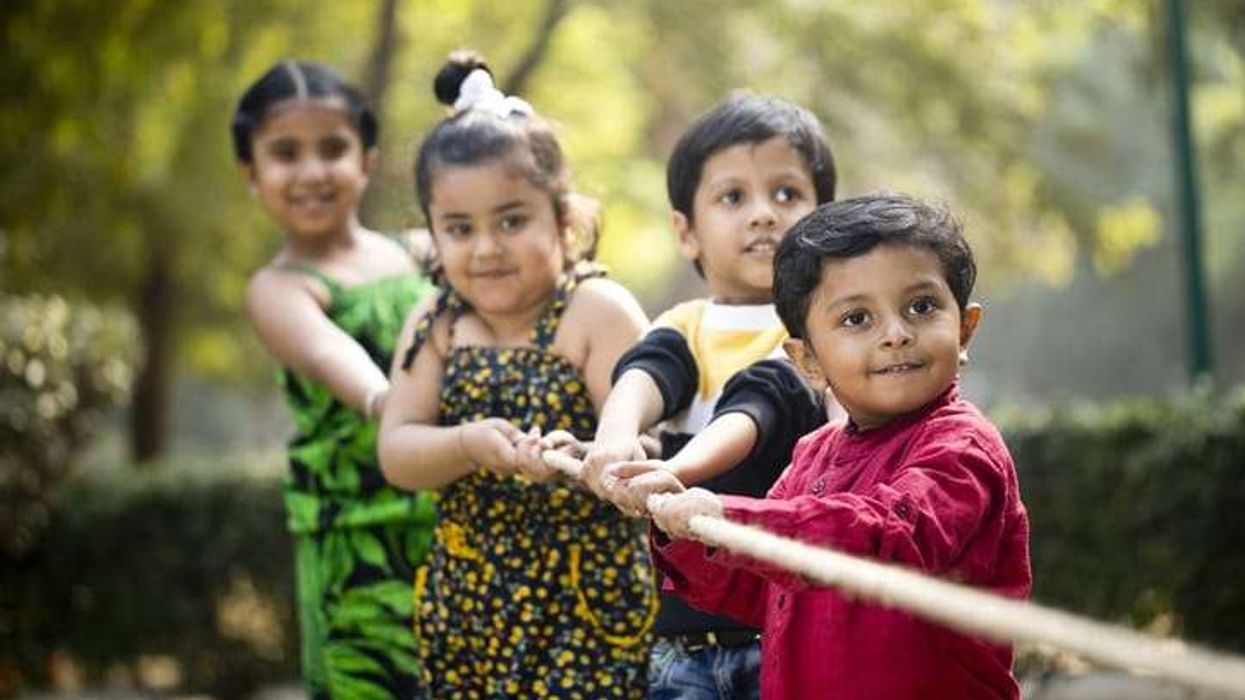By Thakur Anoop Singh
THAKUR ANOOP SINGH is a talented Bollywood and Tollywood actor who’s mostly known for his roles as an antagonist. He will next be seen in the Telugu film, Khilaadi, and the remake of Singam 3 as the main lead. The former bodybuilding champion has inspired many with his physique and has established himself as a fitness icon. Here are his top 10 fitness tips.
Wake up early: Start your day with how you mean it to go on by exercising first thing. An early morning empty stomach cardio not only helps in burning fat, but also boosts your mood throughout the day, keeping you more active and productive. If you can’t go for a run or do anything overly physical, go for a walk and breathe in the fresh air and get the body moving.
Stretch: Make sure you stretch before and after a workout. This will help prevent injury, maximise performance and aid in recovery. The more you stretch, the more flexible and adaptable your body will become. Stretching will also help blood flow and has proven to be calming.
Eat healthy: Smart eating is equally important to fitness as exercise, if not more so. Having small portions of five meals a day helps in keeping the metabolism in check. Avoiding junk eating is necessary and drink plenty of water to stay hydrated throughout the day. Lessen the carbs and add more protein sources to your diet for lean muscle gain that will keep you proportionate if you are looking to sculpt the body and gain some muscle. Vegetarians can include a lot of tofu and veggies in their diet with protein isolate supplements for better recovery and also gaining lean muscle. Include dragon fruit, watermelon, kiwi and banana into your daily routine. Fruits are especially good if you have a sweet tooth and want an alternative to chocolate. There are lots of helpful eating tips online and you can also consult a good nutritionist.
Pre-workout caffeine: Having a quick espresso black coffee shot gives you a wake-up call and enhances your mood before a workout. It will give you a little extra strength and keep up your stamina for the next few hours.
Mix it up: The best way to keep exercise fun is to mix it up. With so many options from running, sit-ups and yoga to weights and online classes available, there is always a new exercise to try. This will keep you interested and shock your body out of the comfort zone.
Get good sleep: Sleeping helps to recharge and repair the body, so it is essential to get a good healthy eight-hours. Great sleep will not only aid better recovery, but it will give you more energy to exercise. Sleeping well has many other benefits, including lowering stress and blood pressure.
Know your limit: I believe in pushing myself to the limit, but I am also an advocate of working within your limits. The last thing you want is an injury that will prevent you from exercising for weeks or even months. So slowly build up and don’t trip yourself over by overdoing it.
Technique: Learn how to do each exercise properly. Knowing the proper technique will optimise the exercise and prevent injury. There are plenty of tutorials available online, including on YouTube.
Legs: Remember to exercise all over and don’t just concentrate on one area like trying to get a flatter stomach. Train legs twice a week as it’s the longest and toughest muscle to form. It isn’t fun, but will provide a good base for everything else, including lifting weights on the upper body and running.
Stay motivated: Last but not least think positive and always visualise a better version of yourself! When you train your mind, the mind trains your body. So, keep the mind positive and always remember that no exercise is wasted, and something is better than nothing.
Visit Instagram: @thakur_anoopsingh and Facebook: @thakuranoopsinghofficial












